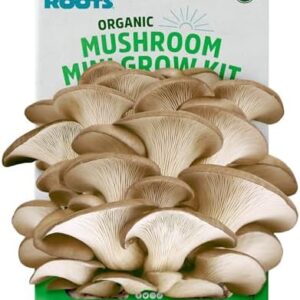Plant propagation is such a fascinating practice that allows us to create new plants from existing ones. Whether you’re a seasoned gardener or just starting out, learning the dos and don’ts of successful plant propagation can help you grow a thriving garden filled with beautiful blooms and lush greenery.
First and foremost, one of the key dos of successful plant propagation is to choose the right plant to propagate. Some plants are easier to propagate than others, so it’s important to do your research and select a plant that is suited to your level of experience. For beginners, a great plant to start with is the pothos, a hardy plant that grows quickly and is easy to care for. Other easy-to-propagate plants include succulents, spider plants, and snake plants.
Once you’ve selected the right plant to propagate, the next step is to gather your materials. You’ll need a clean, sharp pair of scissors or pruners, a clean container filled with potting mix or water (depending on the propagation method you choose), and any additional supplies specific to your chosen plant. It’s important to use clean tools and containers to prevent the spread of disease and ensure the health of your new plants.
When it comes to the actual propagation process, there are several methods you can choose from, including stem cuttings, leaf cuttings, division, and layering. One of the most common methods is stem cuttings, where you simply cut a portion of the stem from the parent plant and place it in water or soil to encourage root growth. Leaf cuttings involve removing a leaf from the parent plant and allowing it to root on its own. Division is when you separate a plant into multiple pieces, each of which can grow into a new plant. Layering involves bending a stem of the parent plant to the ground and covering it with soil to encourage root growth.
No matter which propagation method you choose, there are a few key dos to keep in mind. First and foremost, make sure to provide your new plants with the right conditions for growth. This includes proper lighting, temperature, and moisture levels. Different plants have different requirements, so it’s important to do your research and provide the necessary care for each individual plant.
Another important dos of successful plant propagation is to be patient. It can take time for new plants to root and establish themselves, so it’s important to give them the time and space they need to grow. Be sure to monitor your plants regularly and provide them with any necessary care, such as water or fertilizer, to support their growth.
In addition to the dos of successful plant propagation, there are also a few don’ts to keep in mind. One of the biggest don’ts is to avoid overwatering your new plants. Too much water can lead to root rot and other issues, so it’s important to water your plants sparingly and allow the soil to dry out between waterings. It’s also important to avoid using soil that is too compacted or heavy, as this can prevent proper root growth.
Another common mistake to avoid is over-fertilizing your new plants. While fertilizing can help encourage growth, using too much fertilizer can actually harm your plants. Be sure to follow the instructions on the fertilizer package and avoid applying more than recommended.
Finally, one of the biggest don’ts of successful plant propagation is to avoid propagating plants that are diseased or unhealthy. This can spread disease to your other plants and prevent your new plants from thriving. Be sure to inspect your parent plants carefully before propagating and choose only the healthiest specimens.
By following these dos and don’ts of successful plant propagation, you can create a garden filled with beautiful, healthy plants that will bring joy and beauty to your home. Whether you’re a seasoned gardener or just starting out, plant propagation is a rewarding and fulfilling practice that can help you grow a vibrant and thriving garden. So grab your scissors and pruners, gather your materials, and get ready to propagate perfection!






